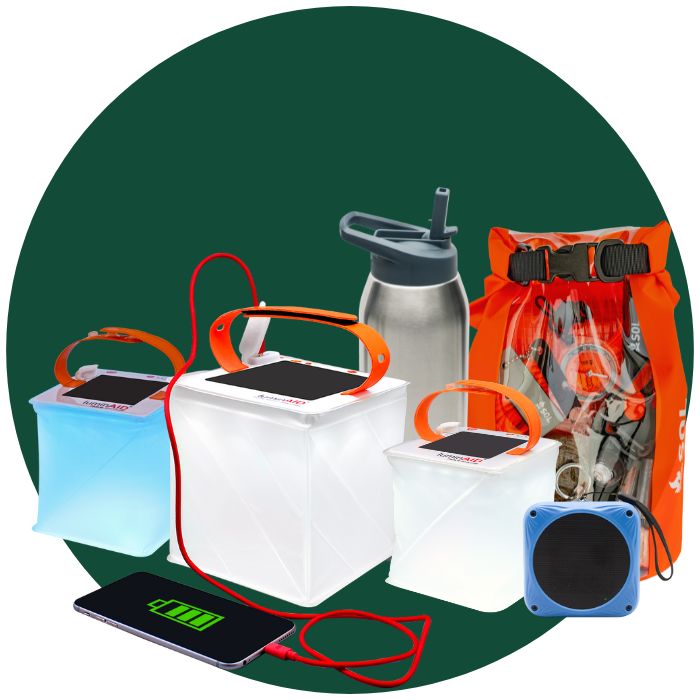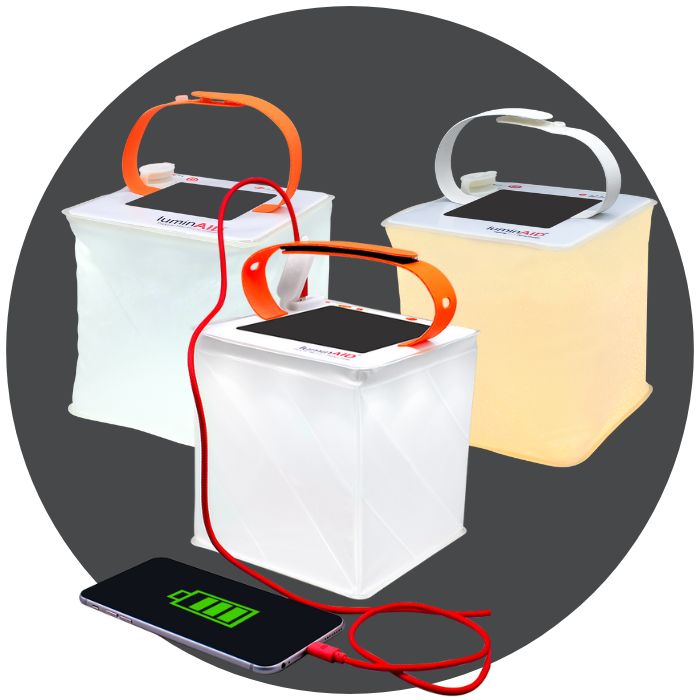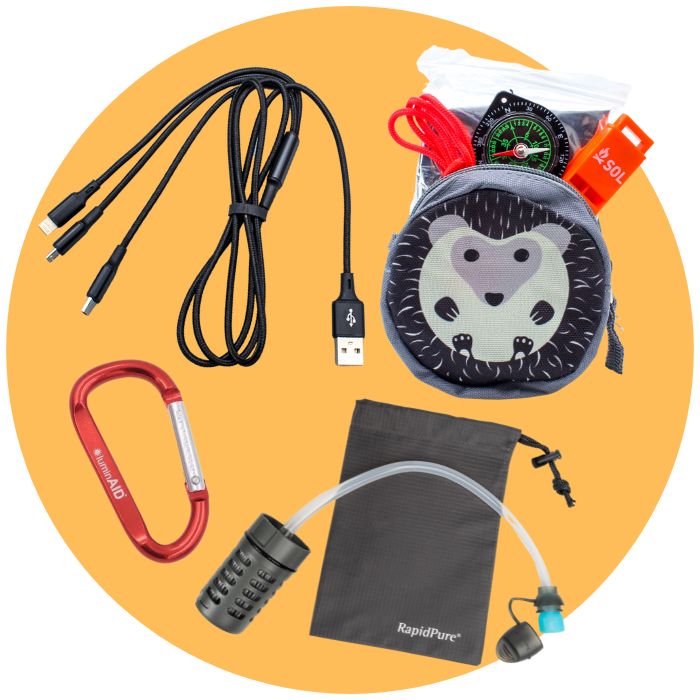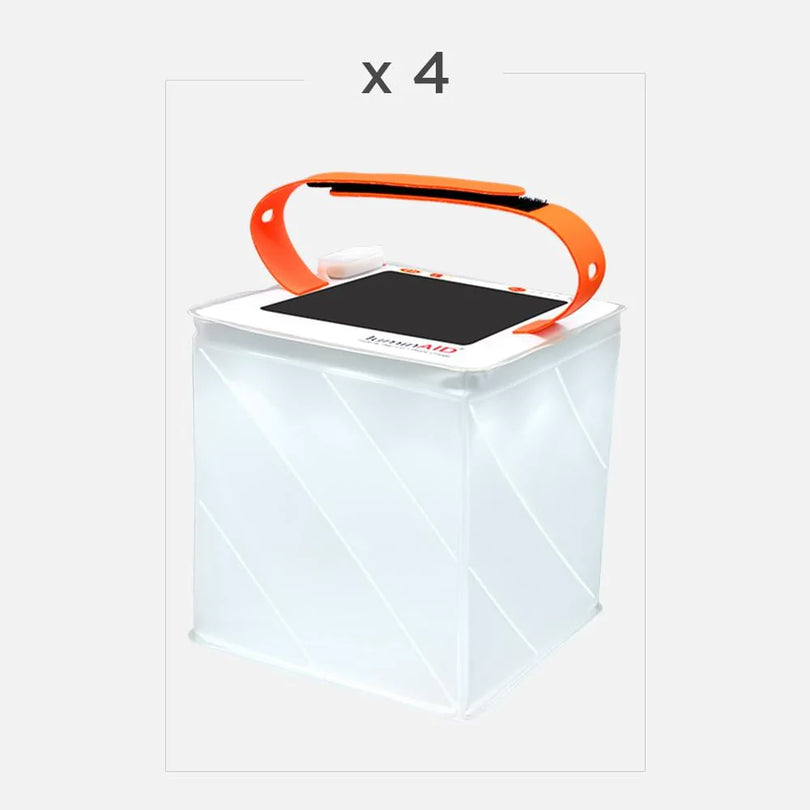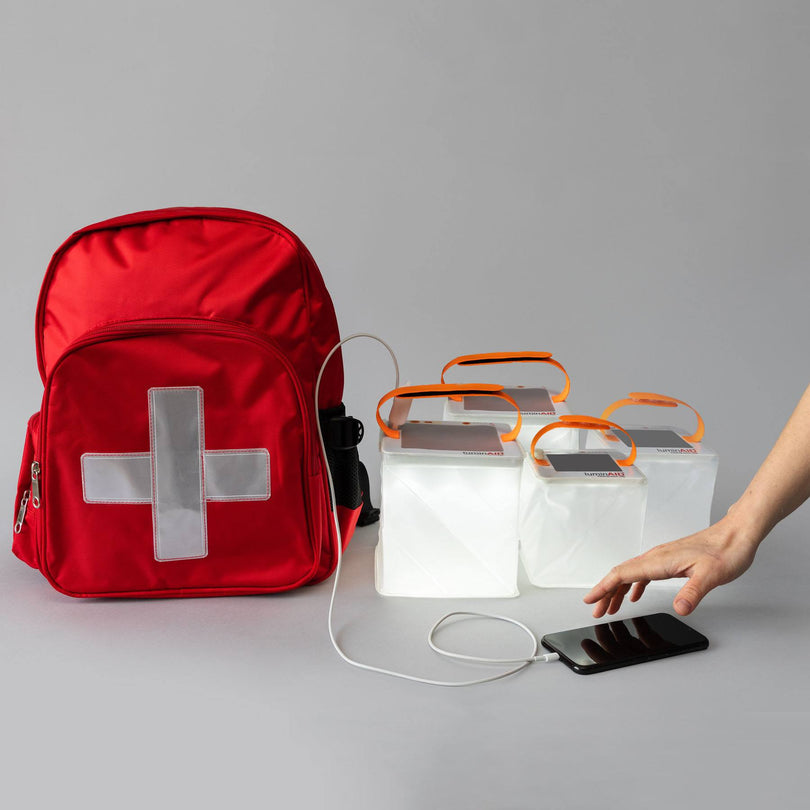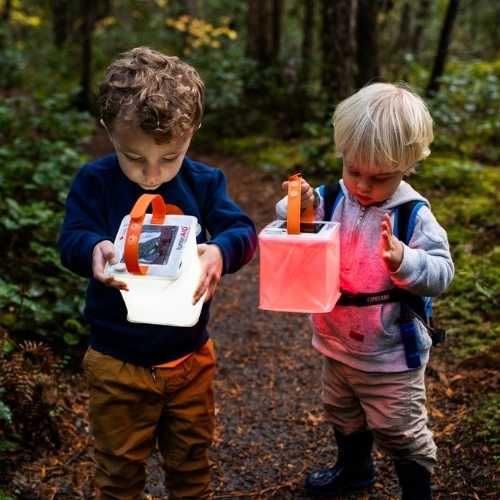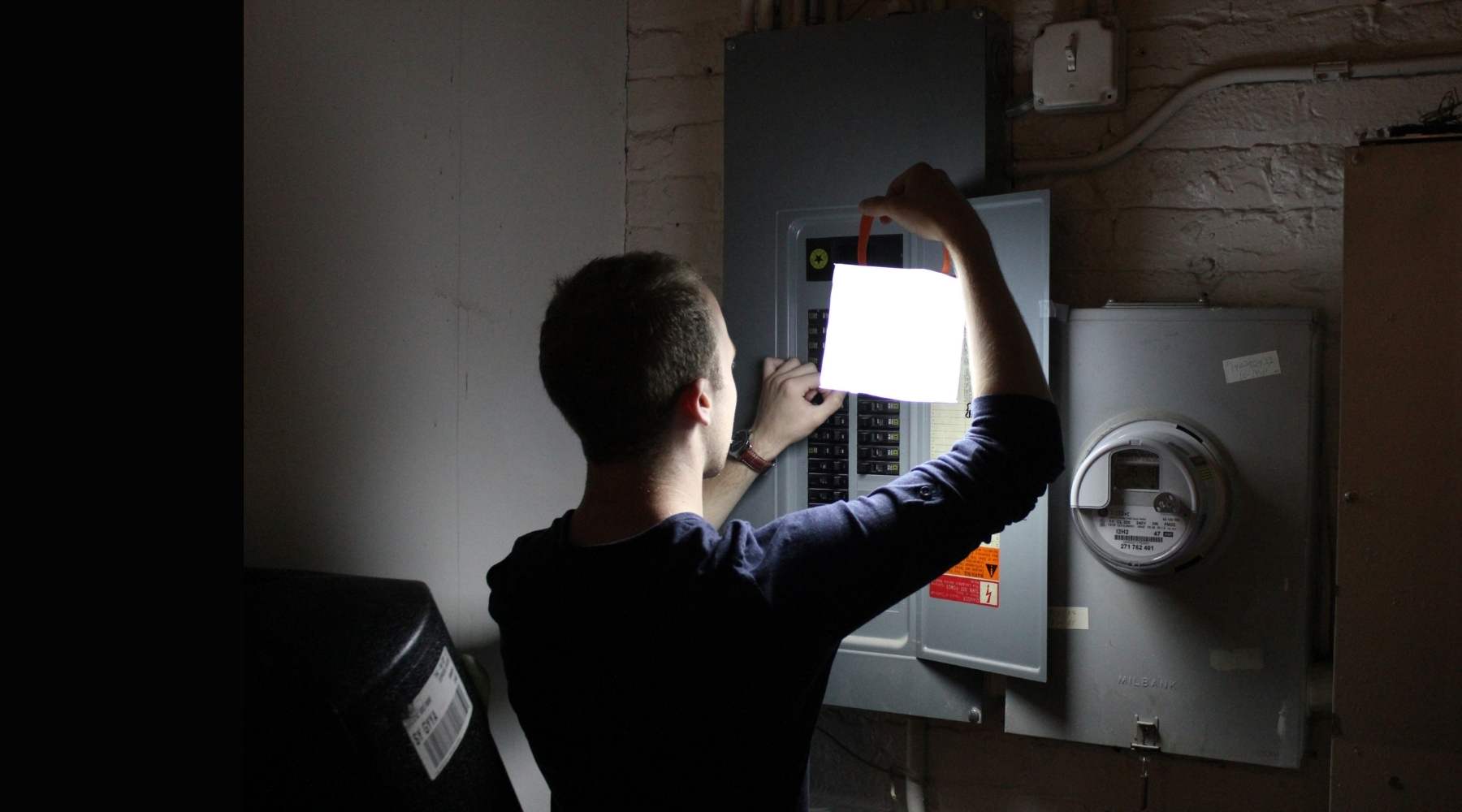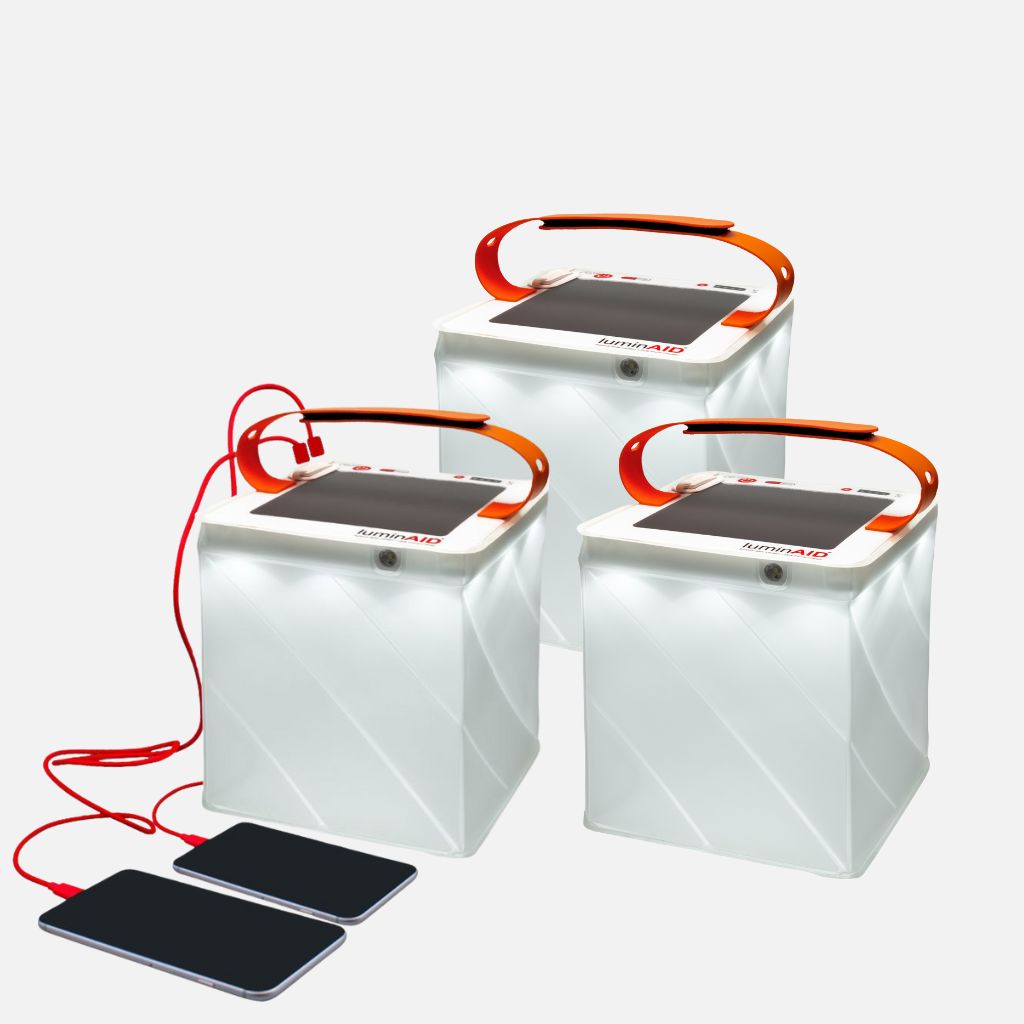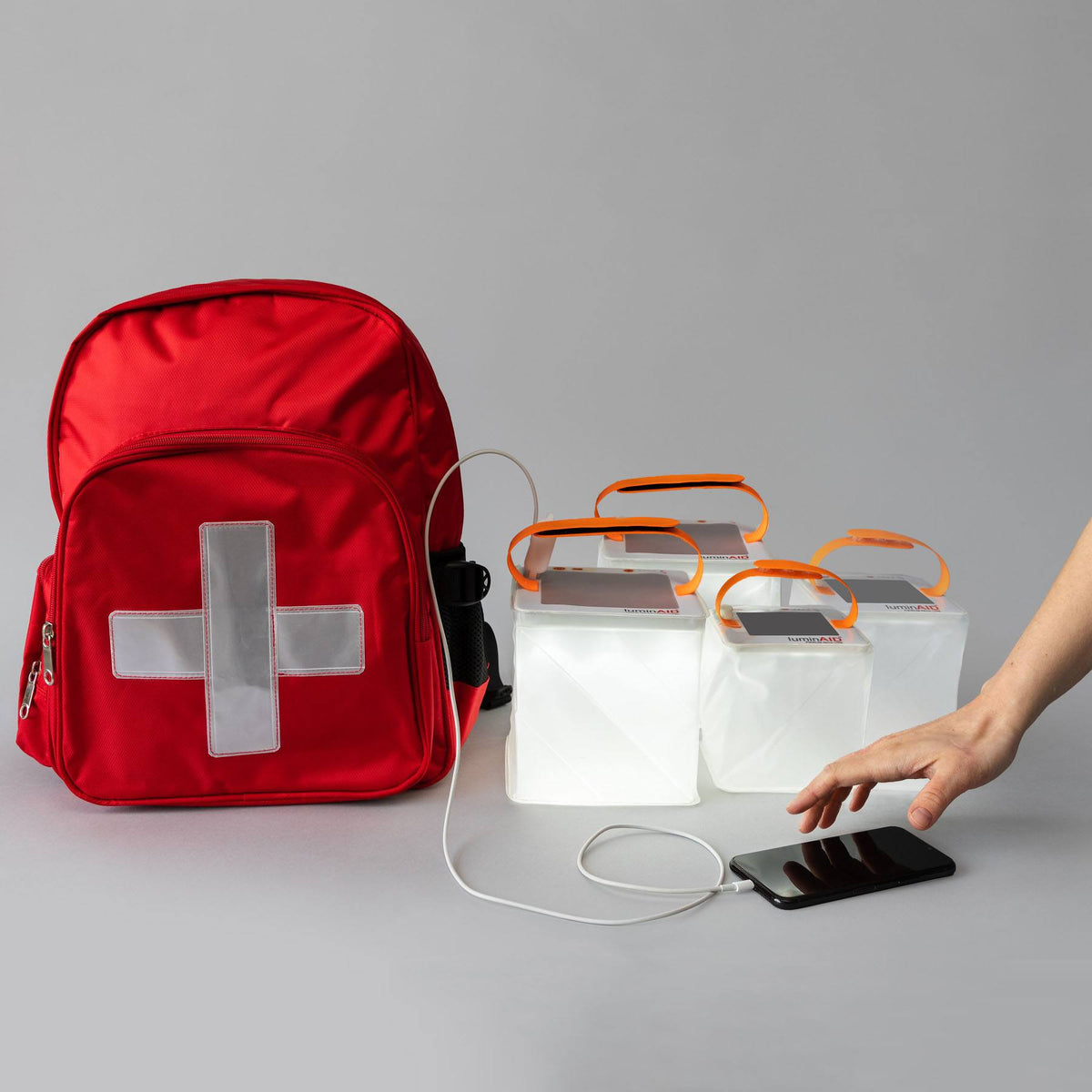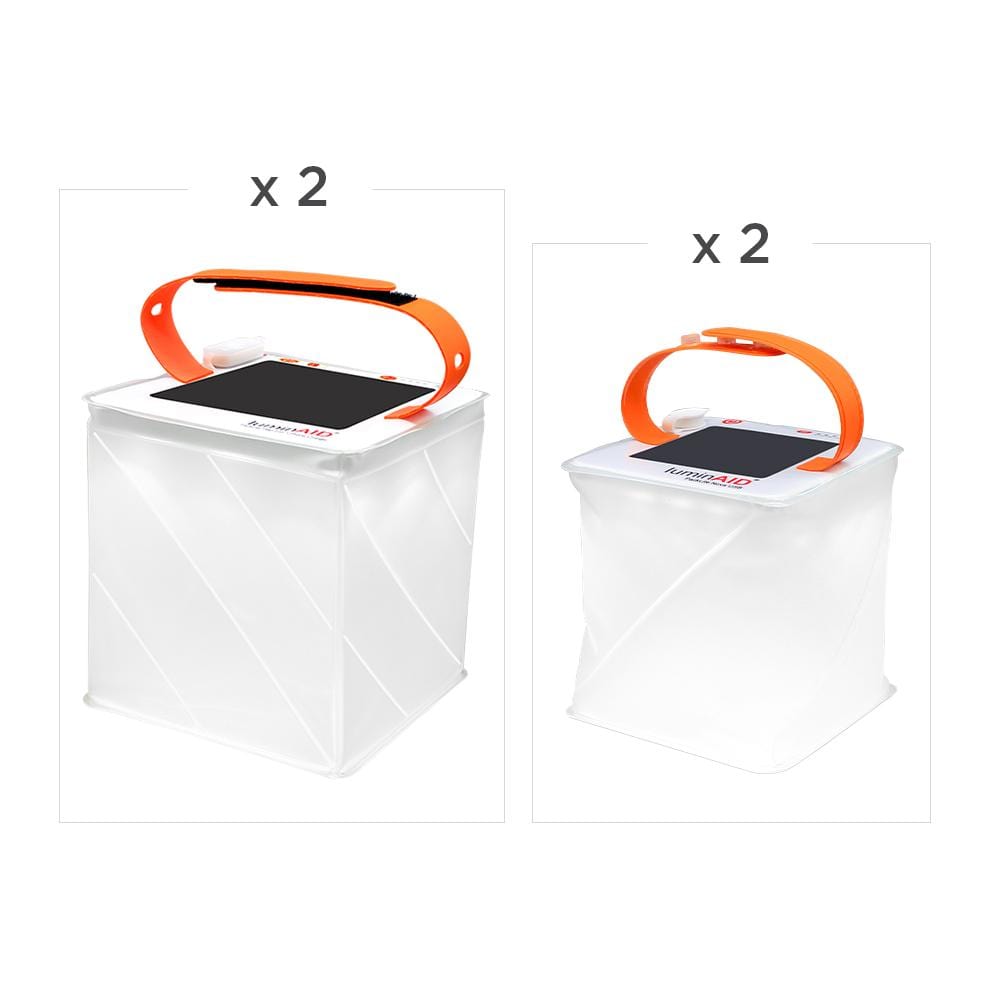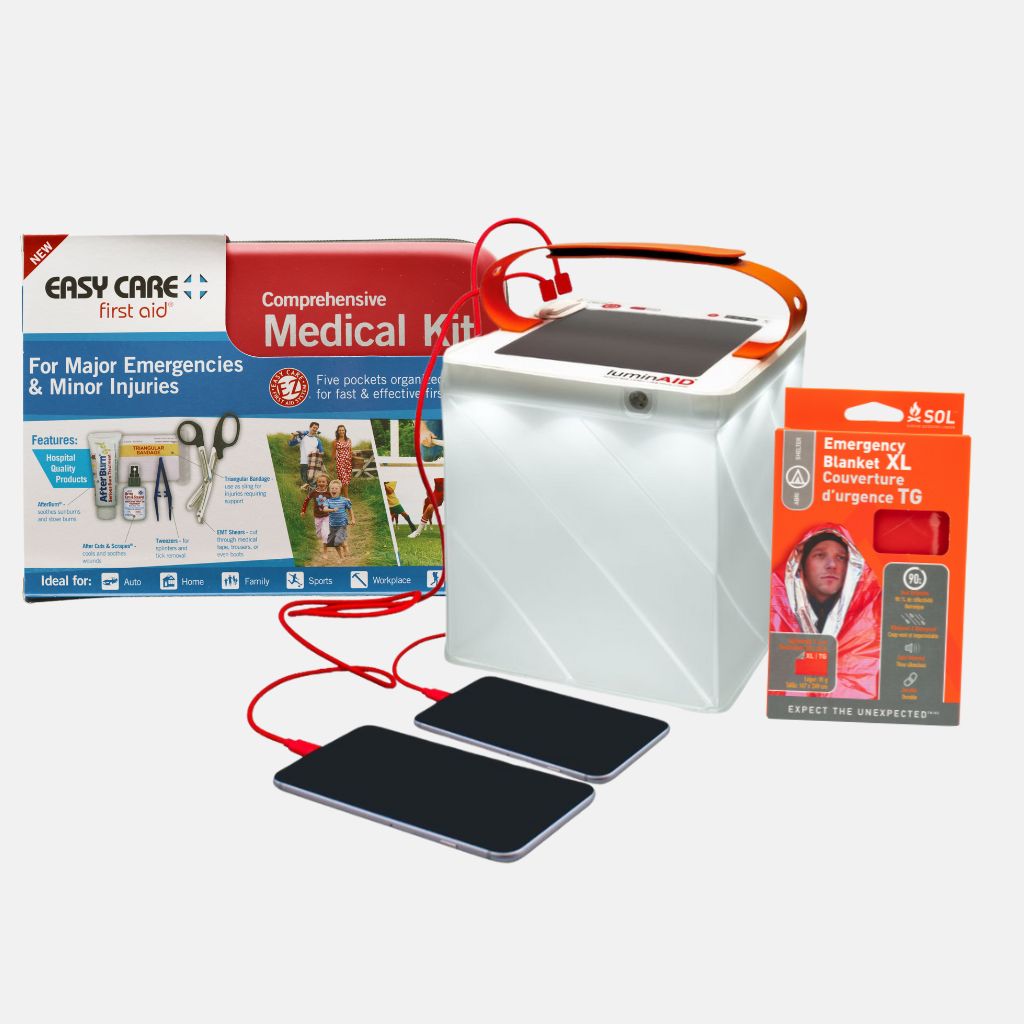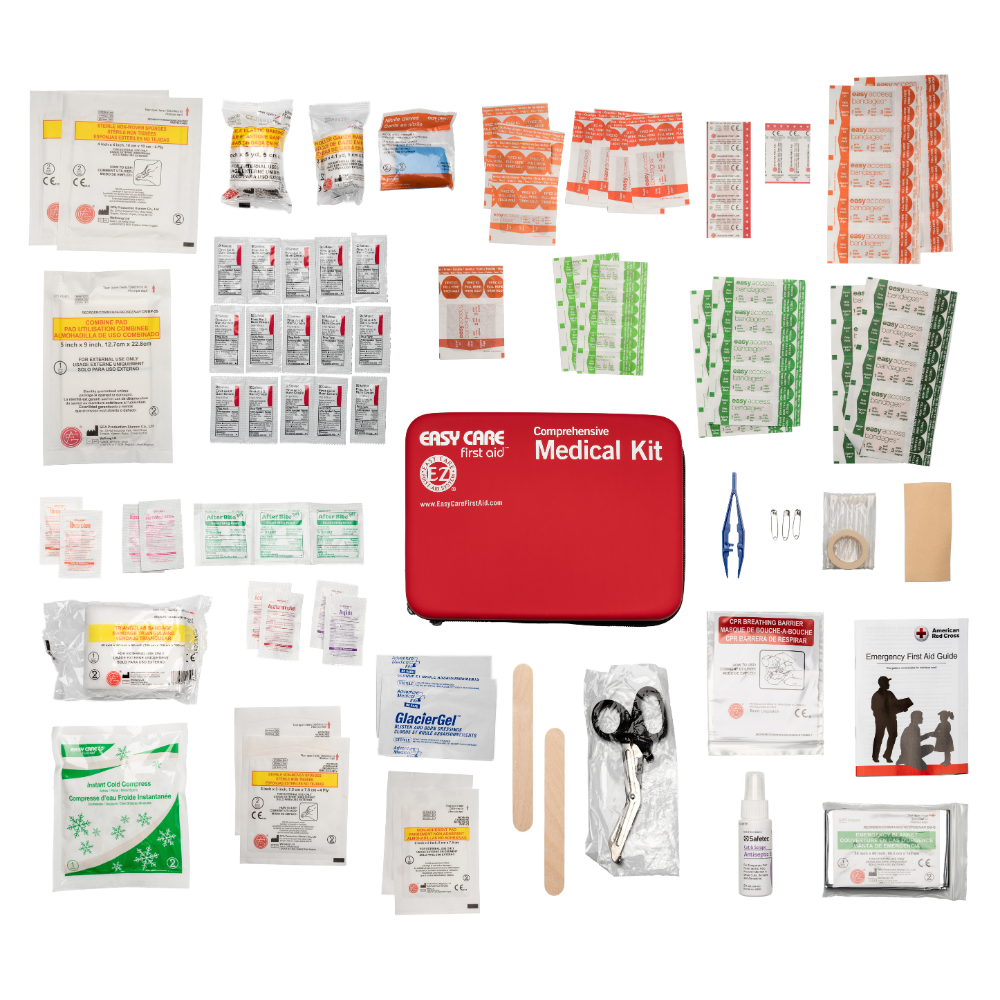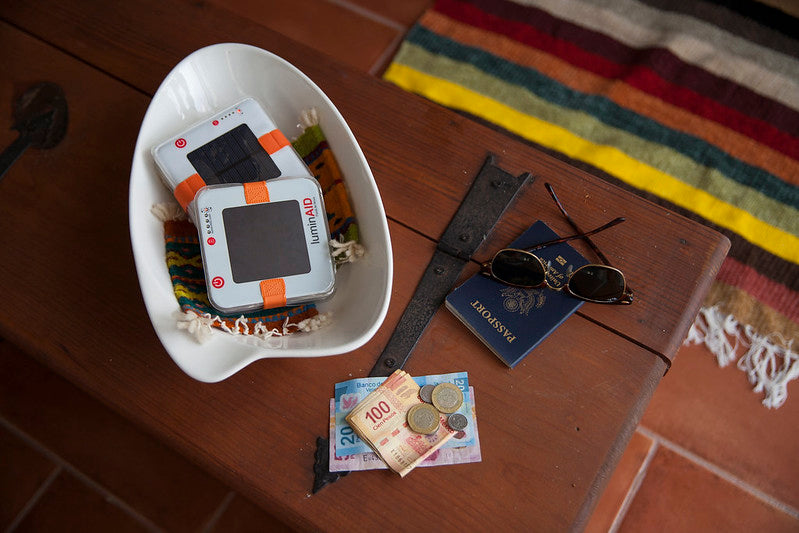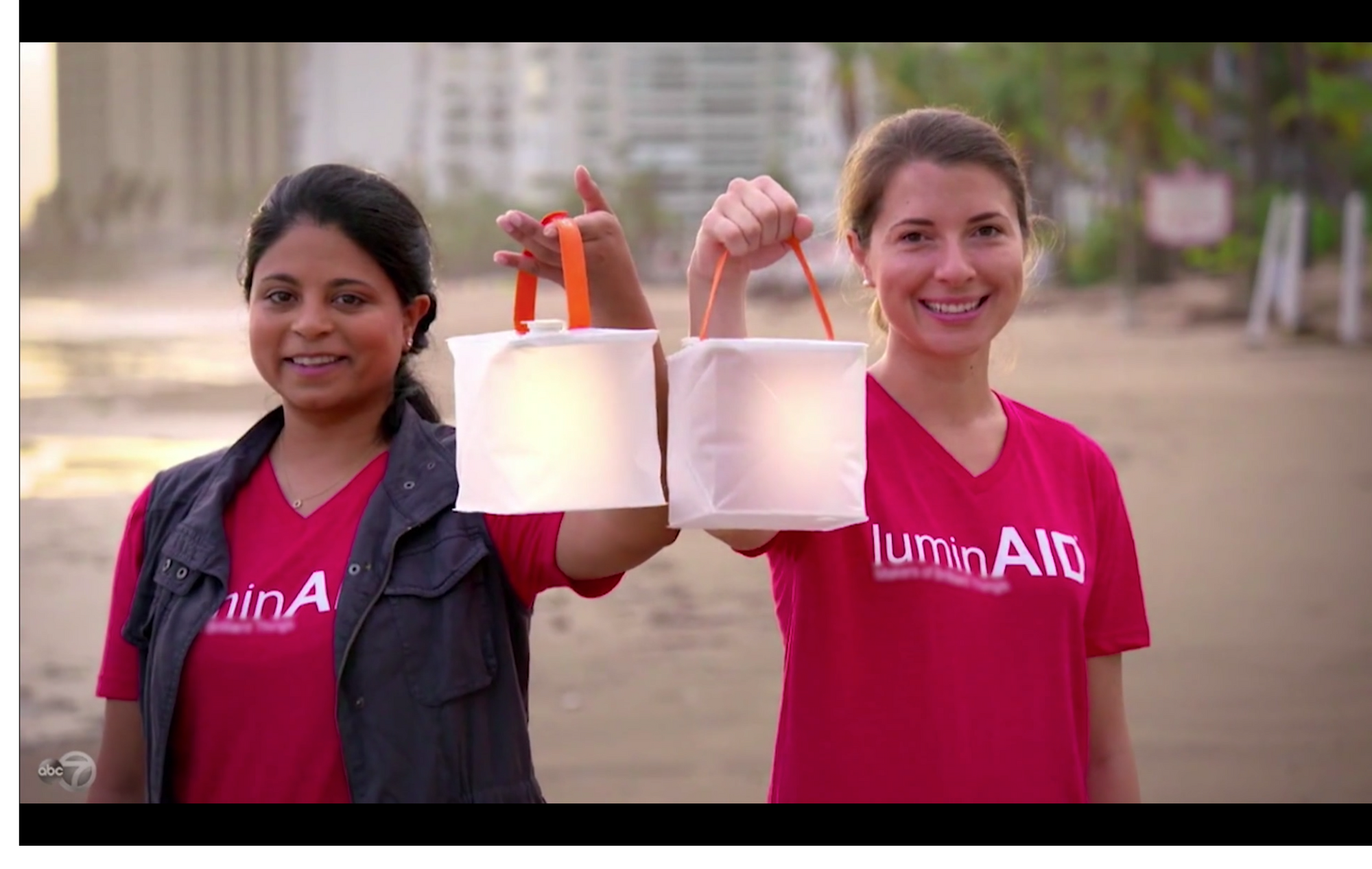February has been designated as Earthquake Awareness Month. Earthquake relief is extremely important to us at LuminAID, as some of our earliest work was focused on relief efforts following the devastating 2010 earthquake in Haiti. If you live in an area affected by earthquakes, it’s important to have a plan in place should one strike. Here are the most important ways you can prepare for earthquakes:
Know your area
Unlike hurricanes or other natural disasters, there is no way to know an earthquake is coming ahead of time. This means it’s especially important to be aware of the risk of earthquakes in your area.
The West Coast of the United States is often struck by large earthquakes, due to its positioning on the Ring of Fire. However, according to the Central United States Earthquake Consortium, over 200 earthquakes hit the Central United States every year. In fact, in the winter of 1811-1812, a disastrous 7.5 magnitude earthquake hit Tennessee and Missouri.
To learn more about the risk of earthquakes in your area, you can visit earthquake.usgs.gov/hazards.
Gather Emergency Supplies
In the event of an earthquake or any other emergency, basic supplies should be on hand and easily portable. As much as possible, choose tools and gear that are safe and easy to use for all members of your family.
The basics:
- First aid kit
- Enough food for 3 days or more
- Reliable light source
- Emergency water
- Warm blankets and hand warmers
- Whistle and SOS beacon
- Matches / firestarter
- See a full checklist here
Every six months, you should check your emergency kit to swap out food and make sure everything in it is charged and working properly.
Drop, Cover, and Hold On
In the event of an earthquake, there are three key steps to remember: Drop, Cover, and Hold on.
- Drop to the ground on your hands and knees.
- Find cover, ideally under a table or desk. Cover your head and neck with your arms.
- Hold on to sturdy furniture until you feel the shaking stop.

